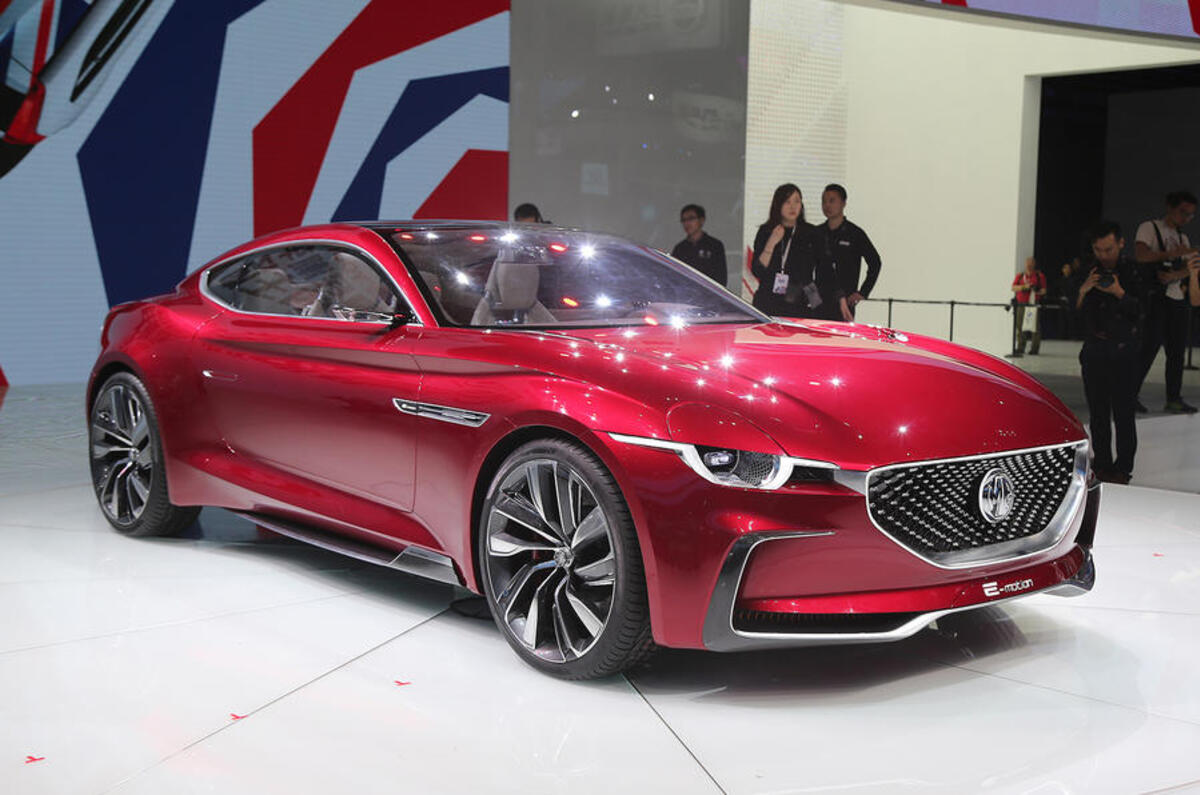The Chinese city of Shanghai is a vibrant, energetic place. Rapid population growth and speedy urban development have transformed it from a land awash with flat green farms to a global powerhouse in less than three decades.
Conveniently, this quick transition almost perfectly mirrors that of one of its newest inhabitants, MG. The once iconic British brand has been under the ownership of China’s SAIC Motors since 2007, and in the decade that’s followed has progressed under the guidance of its new state-owned parent company from being a financial state to eyeing half a million sales by the end of this year.
But this domestic success is starkly contrasted by sluggish sales in other markets, like here in Britain, where it’s as if the brand has barely returned to life, having delivered just 4200 cars in 2016. Admittedly, that’s 1000 up on the year before, but still represents just 0.159% of what is a 2.69 million market.
Matthew Cheyne, MG’s UK sales and marketing boss isn’t concerned, because he predicts things to turn around with the launch of the XS – a new Nissan Juke rival – this November. He told Autocar “We had to find our feet and get some products out there. Now we’ve got the GS and [XS] coming, I think output could almost double. We’re looking at reaching 8000 annual sales in Britain”.
MG’s Chinese bosses aren’t concerned either, with SAIC executives proclaiming that their brand will take on the rest of Europe and even has ambitions to expand into US. To cap it off, MG wants to put its E-Motion concept, a striking electric coupé that was revealed last month, into production within three years. It really is aiming for the sky.
Yet I remain concerned that MG is biting off more than it can chew by making promises it can’t keep. A good example came shortly after the E-Motion’s reveal, when five SAIC executives were unable to explain what type of electric powertrain enabled the concept to achieve its sub 4sec 0-62mph time and 310-mile range.
“We haven’t decided yet,” said one. “That’s something you’ll have to ask the engineers,” said another. We had, and they didn’t know either.




Join the debate
Add your comment
@jonboy4969
Erm...he did? Hence the bit about speaking to the engineers and them not knowing either? The more fundamental problem is that it makes the (impressive) figures cited by MG sound like a back-of-a-napkin job rather than the product of sound engineering, which detracts from the progress they're otherwise making. As such, the post seems perfectly fair.
The problem is that none of
It's obvious...